Fundamental Concepts in Organic Reaction Mechanism
Fundamental Concepts in Organic Reaction Mechanism: Overview
This topic covers concepts, such as, Organic Reactions and Mechanisms, Organic Reactions, Nucleophilicity & Preparation of Free-radicals etc.
Important Questions on Fundamental Concepts in Organic Reaction Mechanism
Write correct order of stability of following carbocations :
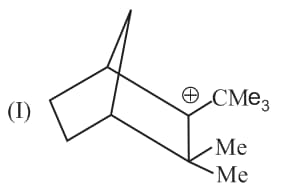
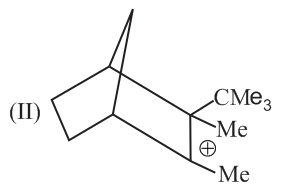
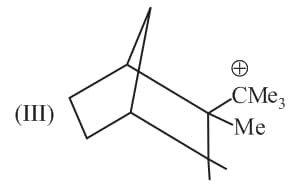
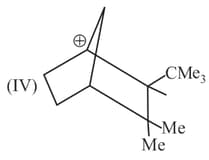
Rank the following free radicals in order of decreasing stability:

The correct stability order for the following species is


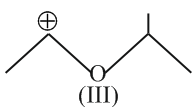
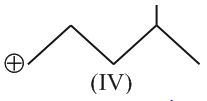
Which of the following has the highest nucleophilicity?
Assertion. Tertiary carbocations are generally formed more easily than primary carbocations.
Reason. Hyperconjugation as well as inductive effect due to additional alkyl groups stabilise tertiary carbocations.
Assertion. Tertiary carbocations are generally formed more easily than primary carbocations.
Reason. Hyperconjugation as well as inductive effect due to additional alkyl groups stabilise tertiary carbocations.
Assertion (A): Simple carbanions are usually pyramidal but allyl carbanion is a planar species.
Reason (R) : All the carbon atoms in allyl carbanion are -hybridized.
An organic reaction occurs through making and breaking of bonds. The breaking of bonds may occur either homolytically leading to the formation of radicals or heterolytically generating positively and negatively charged species. The neutral species (free radicals, carbenes, nitrenes, etc.) and positively charged species being electron deficient are collectively called electrophiles while neutral and negatively charged species which are electron rich are called nucleophiles. An organic reaction usually involves the attack of a reagent (radicals, positively and negatively charged species) on the substrate molecule). The substrate molecule, although as a whole electrically neutral, has centers of low and high electron density due to displacement of bonding electrons. These electron displacements occur through inductive, electromeric, resonance and hyperconjugation effects. Whereas inductive effects involve displacement -electrons, resonance effects involve transfer of - and -electrons along a conjugated system. Hyperconjugatlon effects, on the other hand, involve --conjugation. Both inductive and hyperconjugation effects can be used to explain the stability of carbocations and free radicals which follow the stabilIty order : . The stability of carbanions, however, follows opposite order.
The stability of a molecule can be judged on the basis of contribution of its resonance structures. Resonance structures have same position of nuclei and have the same number of unpaired electrons. Among resonance structures, the one which has greater number of covalent bonds, has less separation of opposite charges, a negative charge on more electronegative and a positive charge on a more electropositive atom are more stable than others.
The geometry of a carbocation is _____.
Which of the following is a suitable condition for homolytic bond fission?
Which of the following does not contribute to relative substrate specificity?
Which of the following is not an example of substrate?
What is a substrate?
Identify a weak nucleophile.
What are weak nucleophiles?
Mention the conditions for the heterolytic bond fission.
_____ are formed by the homolytic cleavage of a covalent bond.
A carbocation has six valence electrons, thus, it is an electrophile.

The stability order of the above carbocations is
The following compound

can readily be prepared by Williamson ether synthesis by reaction between
Which of the following carbanion is most stable?
